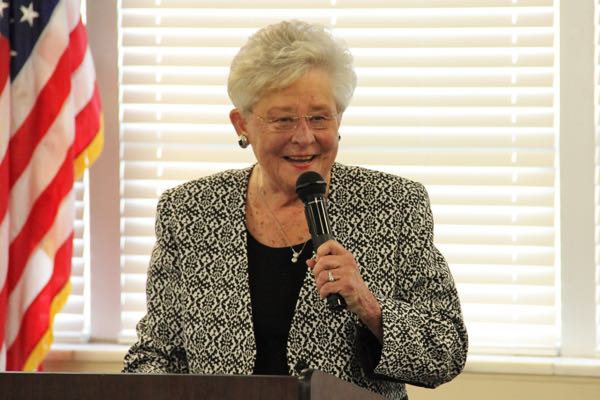MONTGOMERY, Ala. – Governor Kay Ivey on Wednesday submitted her census tract nominations for Opportunity Zones to the U.S. Department of the Treasury. Alabama is one of the first states to submit nominations for consideration.
Opportunity Zones are a new alternative economic development program established by Congress in the Tax Cuts and Jobs Act of 2017 to encourage long-term, private-sector investments in eligible urban and rural communities nationwide. The program provides a federal tax incentive for investors to re-invest their unrealized capital gains into Opportunity Funds dedicated for investing in designated Opportunity Zones. The federal law authorizes governors of every U.S. state and territory to determine and nominate eligible census tracts as Opportunity Zones.
The Governor’s Office, with the help of the Alabama Department of Economic and Community Affairs, identified and selected 158 Opportunity Zones from the qualifying tracts using an objective methodology that involved input from a variety of resources to determine areas where the program could be most effective. Governor Ivey’s directive was to include at least one Opportunity Zone in each of Alabama’s 67 counties.
“I serve all 67 counties as governor of this great state, and it was very important to me to ensure that every county had an Opportunity Zone, thereby giving each county a chance at spurring economic growth,” Governor Ivey said. “These zones were selected through a deliberative process to ensure that Alabama communities get the most benefit out of the designation.”
Designation as an Opportunity Zone may have transformative benefits for communities that have largely missed out on the gains of the national economic recovery.
The areas eligible for submission as Opportunity Zones are census tracts designated as low-income communities – meaning a poverty rate of at least 20 percent or a median family income of less than 80 percent of the statewide median income. Census tracts are small, statistical subdivisions of a county established by the U.S. Census Bureau. Each tract averages between 1,200 and 8,000 in population.
“The Opportunity Zone program has the potential to be a valuable new economic development tool to attract private-sector investment to low-income urban and rural areas of our state through federal tax deferrals,” ADECA Director Kenneth Boswell said. “ADECA is pleased to support Governor Ivey’s efforts to ensure Alabama takes full advantage of this opportunity provided to the states through the Tax Cuts and Jobs Act. While we were limited by the Act to the number of areas we could designate as Opportunity Zones, we are confident that the areas selected are best positioned to take advantage of this program.”
Congress empowered governors to nominate Opportunity Zones in their states by using up to 25 percent of their low-income community census tracts. In Alabama, 629 of the state’s 1,181 census tracts qualified as low-income community tracts. Of those 629 eligible tracts, the Governor was authorized to select 158 as Opportunity Zones.
Methods used in the selection process, which began in January, included a county-by-county examination of previous designation as advantage sites or industrial sites, a review of aerial imagery for development activities by ADECA’s Geographical Information Systems Unit and data and research compiled by federal, state and local organizations.






